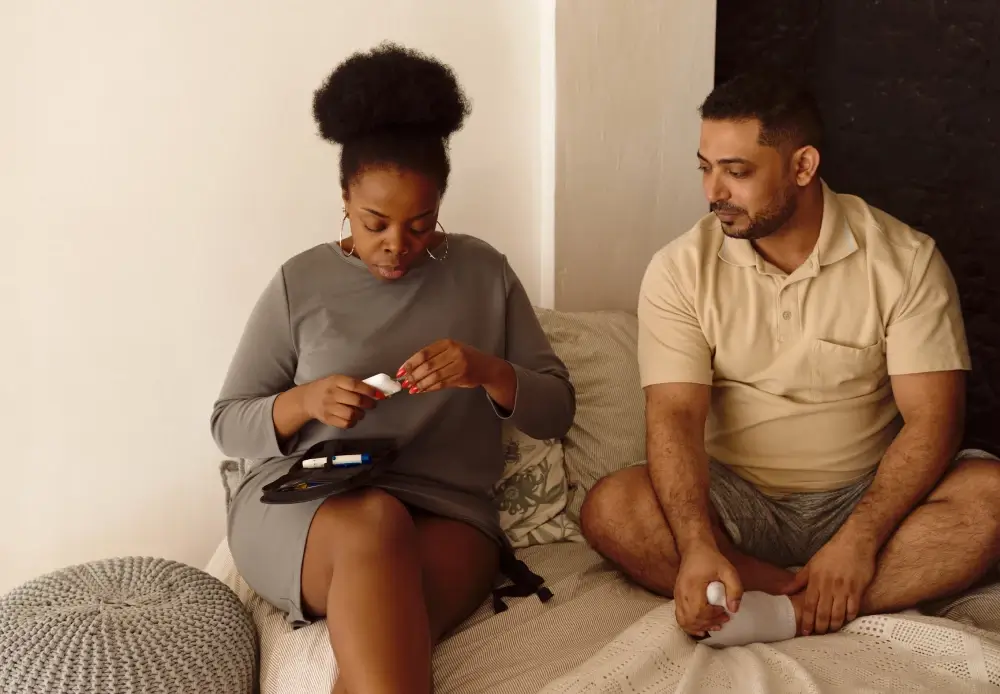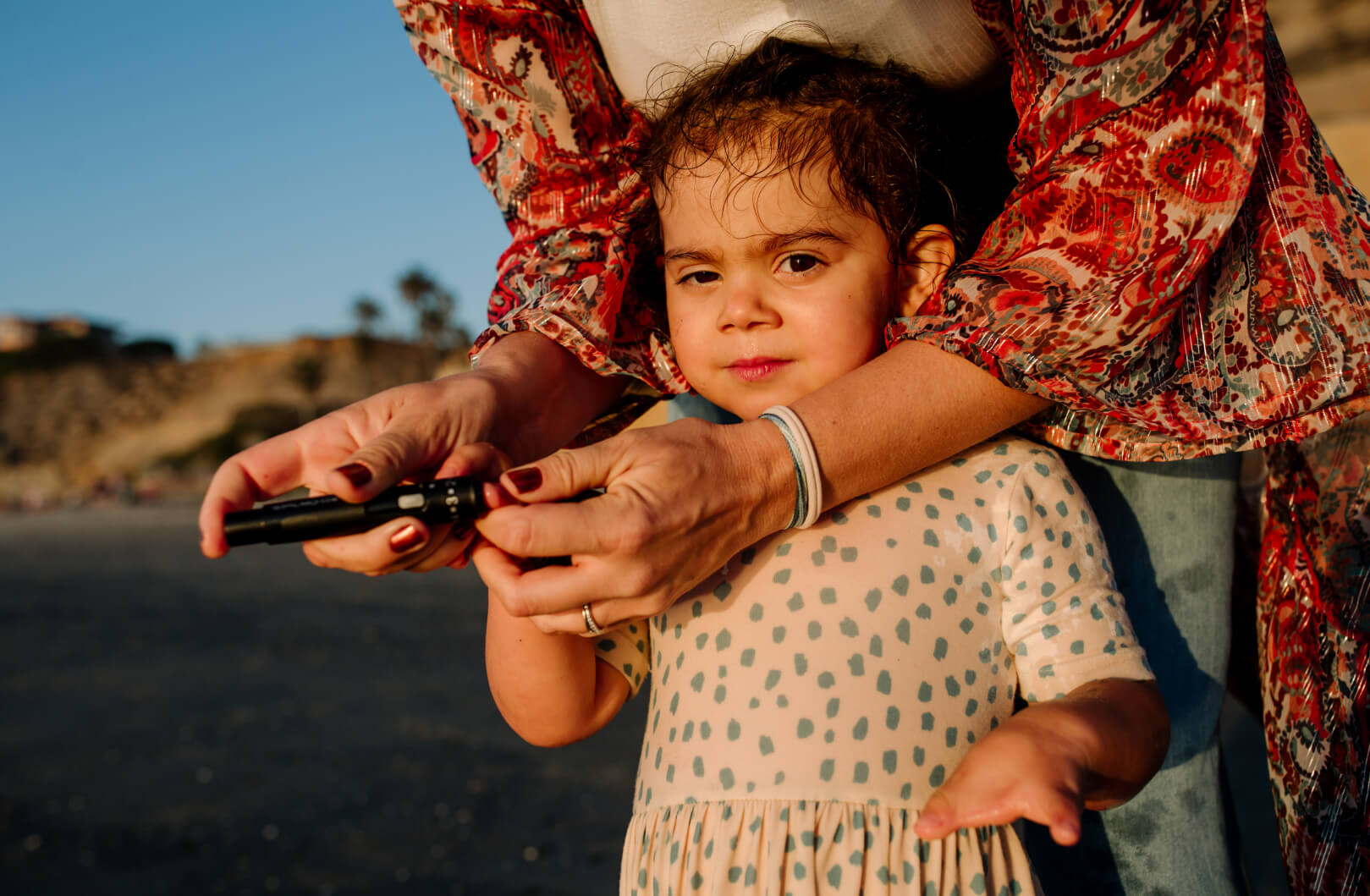
Resources
Are you ready to change the future for people living with type 1 diabetes?
There are lots of ways you can help out. The resources on this page take you through some of the steps in developing advocacy work, including how to make an advocacy plan and some handy communication tools for getting your message out there.
This toolkit doesn’t cover everything, so we’ve included links to resources from other diabetes advocacy organizations who will also be ready to lend a hand.
learn more about the numbers
Policy
Define your policy ask
The goal of any advocacy program is to influence policy — that could mean changing laws, implementing new government directives, securing extra funding, or achieving major regulatory changes. To successfully influence policy, it’s crucial to be able to communicate what your “policy ask” is.
A policy ask explains how something should be carried out and the expected result. It should map out a plan of action and link problems to solutions. Effective policy asks are essential for influencing governmental and bureaucratic stakeholders, who need to see clearly defined outcomes connected to their overarching objectives.
The link below leads to the Centers for Disease Control and Prevention’s (CDC) Policy Analytical Framework which provides a guide for identifying, analyzing, and prioritizing policies that can improve health.
Advocacy
Develop an advocacy strategy
To advocate for change, you’ll need a clear and concise plan. Understanding whom you need to influence, how to do it, and the best way to work are all vital for developing an advocacy strategy.
The Diabesties Advocacy Toolkit provided below is aimed at helping advocates drive positive change and make an impact by deploying best practices for advocacy as outlined in the kit.
The Life for a Child Diabetes and Human Rights toolkits are designed as a practical resource to help people use the human rights approach when advocating for increased provision of T1D care. This toolkit is available in English, Spanish, and French.
Coalition-building
Build a coalition
Successful campaigns almost always rely on a strong network. Organizations or advocates working alone are often less effective at changing public health policies than groups of advocates who team up to work together.
If you haven’t yet, you may want to consider building a coalition. Coalitions can start small — even one or two organisations, or a small group of advocates, may benefit from acting together.
Partners will also bring their own contacts, skills and assets, helping your organization to broaden its impact while reaching new audiences.
The link below leads to the Prevention Institute’s guide on Developing Effective Coalitions.
Fundraising
Fundraising
Your advocacy efforts may need funding to get off the ground, or you may want to fundraise for a specific issue you’re working on. Fundraising can be an important way to raise awareness of an issue, as well as gather necessary funds to help drive the campaign and achieve objectives.
Breakthrough T1D and our partner organizations have several innovative strategies around fundraising that you can use to fund your campaign.
Language Matters
Language Matters Bot
The Diabetes Language Matters movement recognizes the crucial role of language in shaping how we talk about diabetes and interact with people with the condition. Positive language by healthcare professionals, the media and wider community can empower and improve outcomes for people with diabetes, while negative language can be harmful. Numerous global statements have emerged, guiding better communication practices.
A new Language Matters Bot has been developed, incorporating these language guidelines. It helps users adjust their language in various contexts, including media, journal articles, presentations, and social media content. The tool is not perfect (yet), so please take a screenshot and send it to us if any language you see is not aligned with diabetes #LanguageMatters principles. For those interested in hosting this tool on their website, further details are available upon request.
Do you have any other resources to share?
Write to us at hello@t1dindex.org

